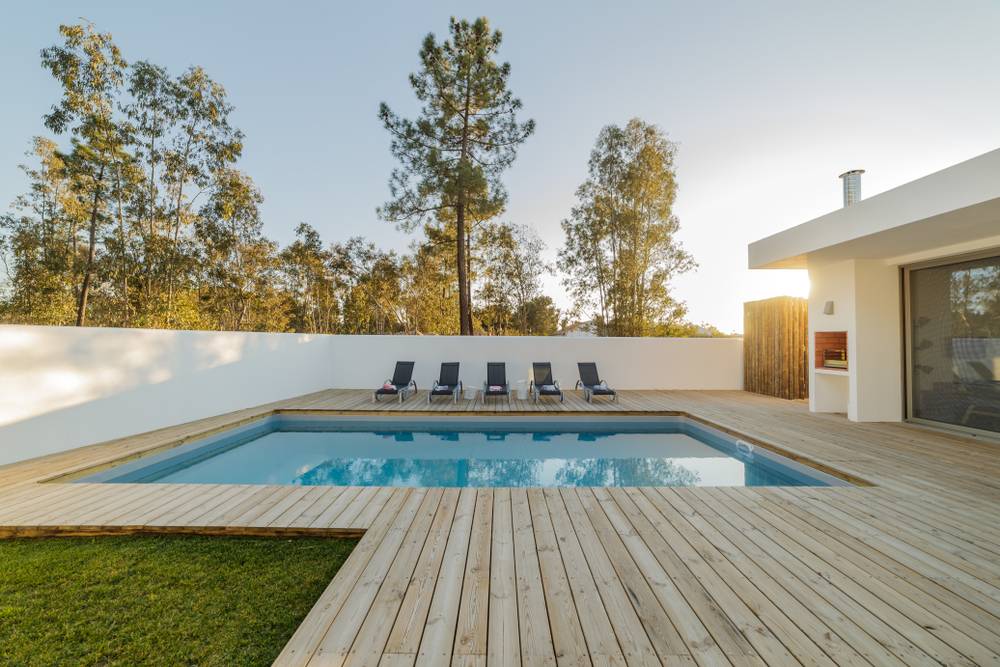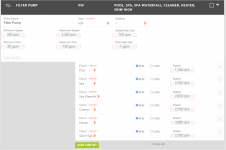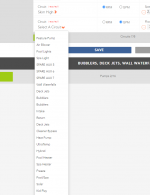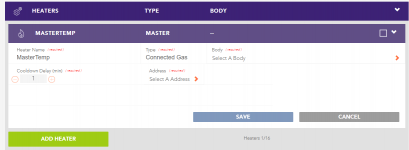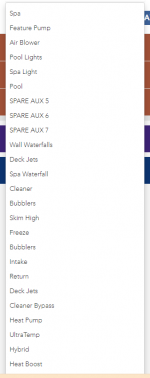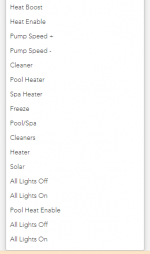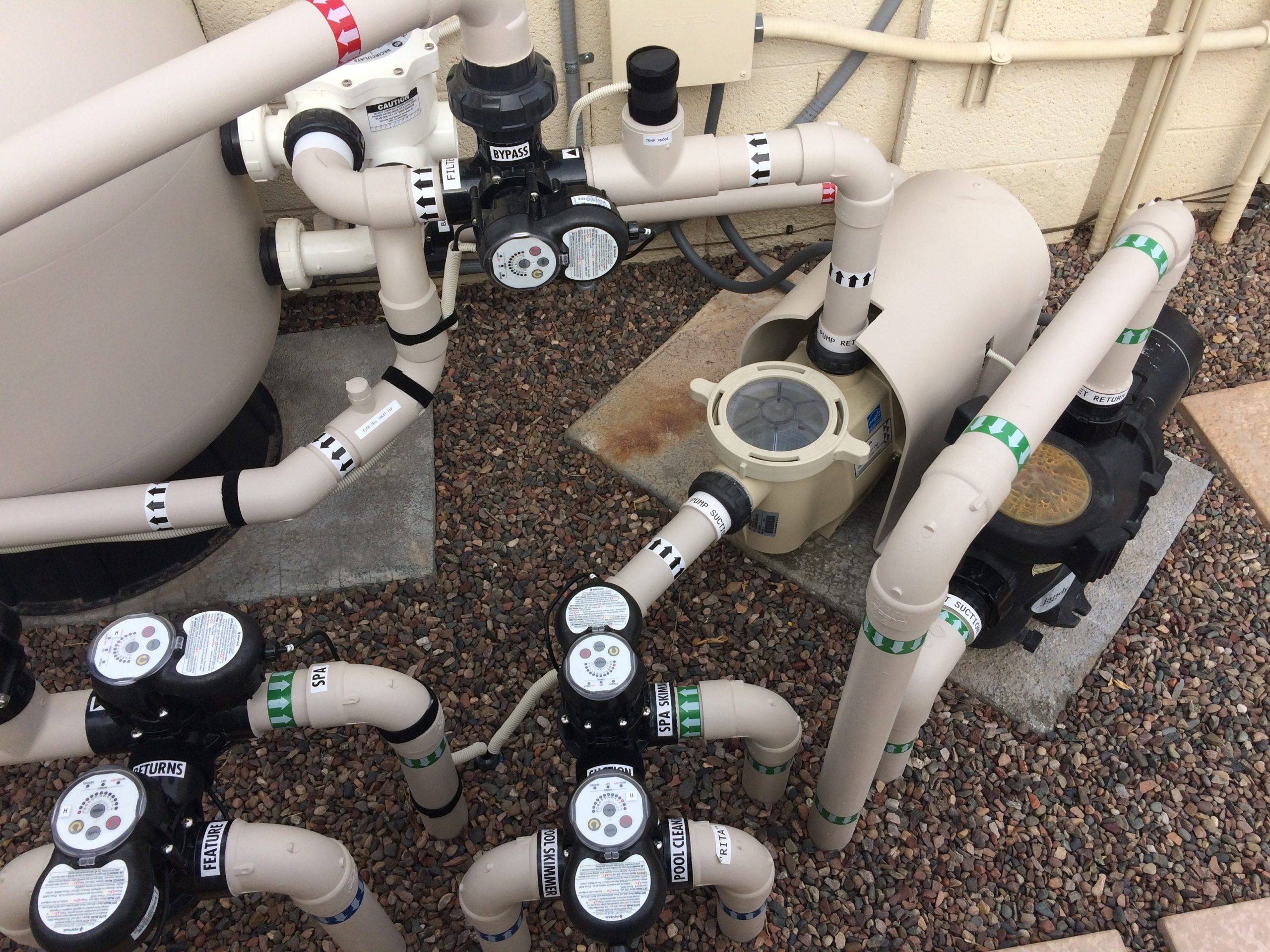Hello,
We built a new pool recently and are new-to-pool owners. I've spent the last few months trawling these forums. So much helpful advice and demystification - thank you!
Our pool is about 3 months old now and while things seem OK day to day I was hoping to get some advice. It's an indoor pool so it's been hard to read between the lines on what advice is universal and what I need to tailor to our situation.
Pool is in my signature but before I forget my typical numbers are:
FC ~2-3, pH 7.4-8.0+ swings, TA 60, CH 475, CYA 0, Salt ~4700 Temp 82F
My questions:
I am wondering if my usage / configuration is the reason. The builder configured the pump going 24/7, and ~2200rpm as otherwise it's below the heater's min flow threshold. Our inset spa "spillover" runs 24/7 and spills over the entire 5'x7'x1' surface and not just a small tray or waterfall. When we actually use the spa (maybe ~1hr/day) it definitely makes even more bubbles. We also have a SWG going at 2-8% (depending on FC). We have an autocover but it's not a dramatic difference.
I don't mind the daily testing but I don't like that it shoots past 8.0 every day. Because I'm indoors I'd like to minimize the constant usage and handling of the acid and short of an intellichem I don't see how.
Apologies if this is a bit much for a first post. Maybe a brand new indoor pool was not the simplest starting point for achieving a trouble free pool!
We built a new pool recently and are new-to-pool owners. I've spent the last few months trawling these forums. So much helpful advice and demystification - thank you!
Our pool is about 3 months old now and while things seem OK day to day I was hoping to get some advice. It's an indoor pool so it's been hard to read between the lines on what advice is universal and what I need to tailor to our situation.
Pool is in my signature but before I forget my typical numbers are:
FC ~2-3, pH 7.4-8.0+ swings, TA 60, CH 475, CYA 0, Salt ~4700 Temp 82F
My questions:
- pH control. It's new plaster (diamond brite) so I understand we need to keep adding acid until it "settles down." But three months in I'm still adding 1-2 cups of 31% MA daily to <10k gallons. Is that expected? I feel like most people post about needing a little bit once a week but my daily pH reads are almost always over 8. I can only get an idea of pH by using the acid demand reagent - usually 1-2 drops will bring me back to 7.6 or 7.4 and I guess from there. I try to pick a pH so PoolMath agrees with the ph adjustment chart that comes with the Taylor kit.
I am wondering if my usage / configuration is the reason. The builder configured the pump going 24/7, and ~2200rpm as otherwise it's below the heater's min flow threshold. Our inset spa "spillover" runs 24/7 and spills over the entire 5'x7'x1' surface and not just a small tray or waterfall. When we actually use the spa (maybe ~1hr/day) it definitely makes even more bubbles. We also have a SWG going at 2-8% (depending on FC). We have an autocover but it's not a dramatic difference.
I don't mind the daily testing but I don't like that it shoots past 8.0 every day. Because I'm indoors I'd like to minimize the constant usage and handling of the acid and short of an intellichem I don't see how.
- chloramines and shock. When using the FAS-DPD I measure the FC and then measure the CC. CC is always present at 0.2 or 0.4 (that then goes to 0.2 after a day or so). Is that life or should I shock that to get it well and truly to 0? I read about MPS - is that what I need for shocking indoors? Or maybe I don't want sulfates because I have a SWG? I'm not sure what to do.
- FC and CYA indoors. Right now I have 0 CYA and FC wanders from 1-3ppm. I keep reading and re-reading but the chlorine-CYA chart doesn't seem to go low enough for my situation. What is the right approach? What am I watching out for?
Apologies if this is a bit much for a first post. Maybe a brand new indoor pool was not the simplest starting point for achieving a trouble free pool!


 Some things to consider:
Some things to consider: